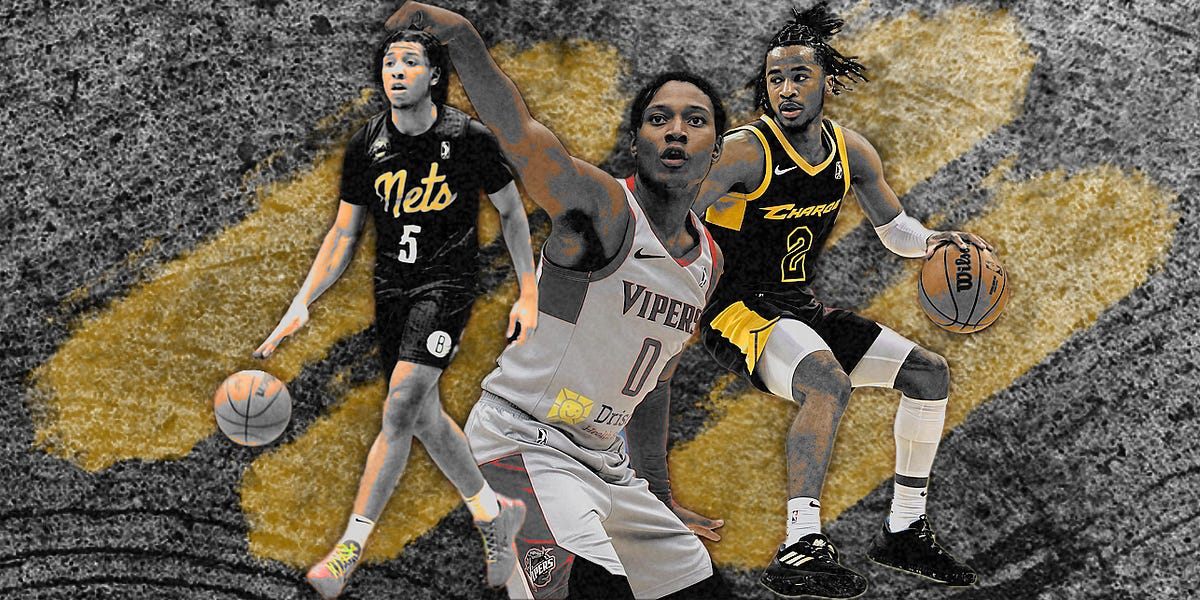On average, the small guards who have stuck have an extra inch and a half of wingspan and an extra 6.7 pounds of body weight. That may not seem like a lot, but the NBA is a game of inches and ounces. On a basketball court, it’s a big difference. The fact that none of the successful small guards had a sub-6’4” wingspan stuck out like a sore thumb, especially given that it was the average mark for the whiff group. Obviously, there are exceptions to these findings. Carsen Edwards, Justin Wright-Foreman, and Cassius Winston had plenty of length and bulk, but they didn’t pan out. Conversely, Ja Morant and Darius Garland entered the association as some of the lightest players in the league.
What Morant and Garland did have, though, were outlier talents. Morant was an exceptional vertical athlete with a high level of feel. Garland has out-of-this-world touch and range as a scorer. Going back further, Trae Young overcame the skinniness hurdle by exhibiting phenomenal shooting ability and wonderful timing as a passer. Even longer ago, Chris Paul got over the hump with ease thanks to his playmaking wizardry, dogged defense, and off-the-catch shooting. There have always been small guards who were skinny that broke through, and typically, it’s been because they had something that made them truly special. If a guard is short and thin, it’s a “stay away” for me unless there’s a big, meaningful hook skill-wise.

Examining the Small Guard Crunch and the Value of Positional Size
Fewer small guards are receiving significant playing time in the NBA, and positional size is more valuable than ever. Maxwell examines the "Small Guard Crunch" and recent draft trends!
